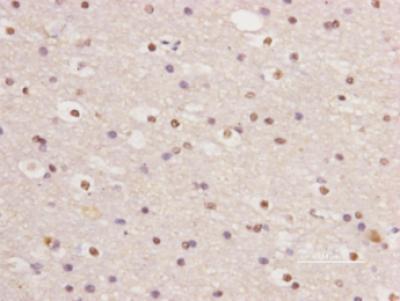Notch1 signaling can induce astrogliosis in glioma. However, it remains unknown whether Notch1 signaling is involved in the pathogenesis of epilepsy. A recent study by Xijin Liu and co-workers from Huazhong University of Science and Technology in China observed overexpression of Notch1 in the brain tissue of temporal lobe epilepsy rats. After Notch1 regulation, it was relatively effective in reducing seizure frequency and reducing brain discharges, thereby resulting in the ease of seizures to a certain extent. Increased presence of Notch 1 and hairy and enhancer of split-1 was also observed in intractable temporal lobe epilepsy patients. Therefore, Notch signaling may play a role in the pathogenesis of epilepsy in temporal lobe epilepsy and its suppression may provide a new treatment to promote remission in epilepsy. These findings were published in the Neural Regeneration Research.

This image shows an increased presence of hairy and enhancer of split-1 in the temporal neocortex of intractable temporal lobe epilepsy patients.
(Photo Credit: Neural Regeneration Research)
Source: Neural Regeneration Research